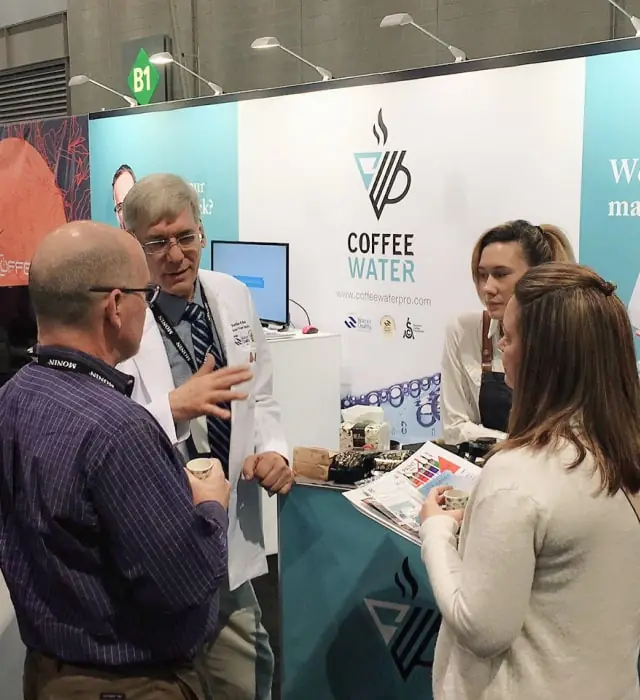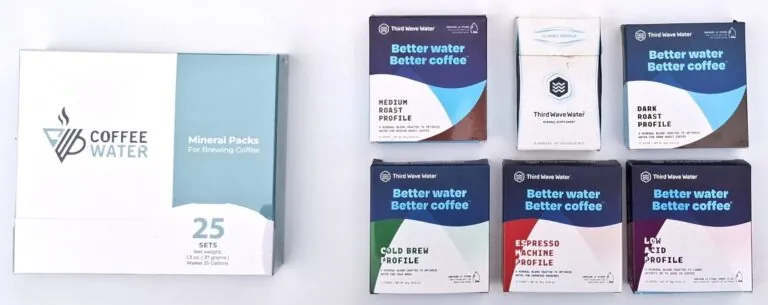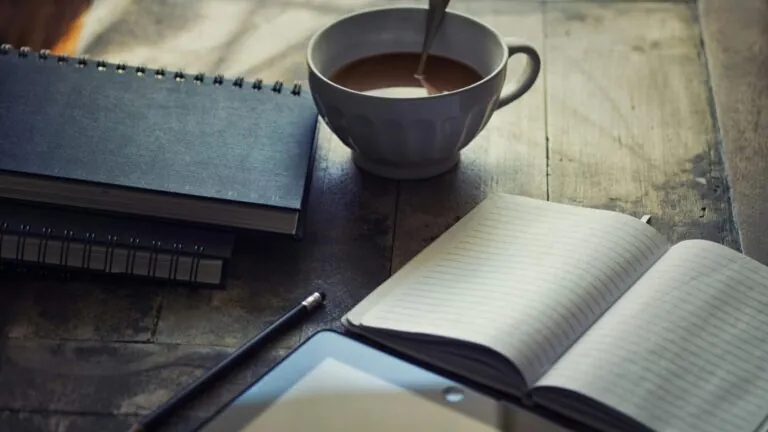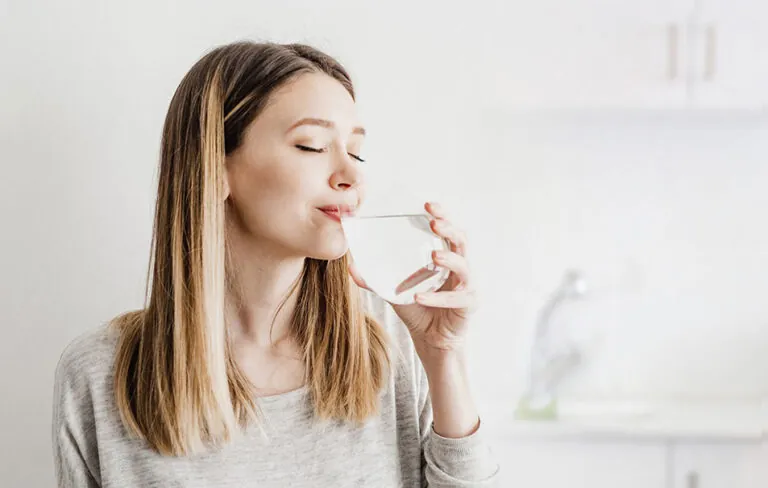The Eureka Moment
In the summer of 1988, as Taiwan was blossoming during its economic miracle, a young entrepreneur—who we call Mr. Coffee—opened a novelty coffee shop in the heart of Taichung, one of Taiwan’s major cities.
Mr. coffee roasted his own beans, but unlike traditional coffee shops that used gas roasters, Mr. Coffee had imported a special coffee roaster from Japan that roasted with infrared radiant heat.
Additionally, he had one other special resource in his tool kit. Growing up in the foothills near Taichung, his family’s farm was home to a natural spring. Instead of using the questionable municipal water supply, Mr. Coffee chose to use this pristine spring water for his coffee shop.

Whether it was the radiant roasting, natural spring water, or the prime location, (or maybe a combination of all three,) Mr. Coffee’s coffee shop became a great success. However, due to urban development, he had to close his flagship store in 2013. He then moved to a new location and changed his business model to focus on roasting coffee to sell to other shops in the city.
One of his loyal customers was Arlo, the owner of a successful manufacturing company. As Arlo was planning to retire, he wanted to start a program which he called “Bean Touch,” aimed at helping low-income families open their own micro-businesses selling baked goods and coffee from kiosks. Mr. Coffee was to supply the coffee for these kiosks.

Arlo was also friends with Matthew Barta, International Marketing Manager at Puricom Water Industrial Corp., a manufacturer of drinking water filtration systems. One day, Arlo asked Matthew, “What is the best water for making coffee?” You can read the rest of the story here. About Us
As the Bean Touch program planned to expand to other cities, transporting spring water became impractical. So Matthew began researching how to remineralize reverse osmosis water to make it suitable and convenient for brewing anywhere.
Following guidelines from the groundbreaking book “WATER FOR COFFEE,” the Specialty Coffee Association (SCA), and various other sources, Matthew began testing multiple mineral formulas for water to brew with a wide range of coffee origins, roast levels from light to French roast, and brewing methods from pour-over and siphon to espresso and cold brew.
Besides following the data, they did extensive blind testing, comparing mineral preparations with Mr. Coffee’s proven spring water. After six months of testing, they decided on what they believed to be the ideal mineral content for “Coffee Water.” However, that was just the beginning.
The Chemist vs the Connoisseur: Ongoing Research and Refinement
Even with a formula that aligned with “COFFEE FOR WATER” and SCA guidelines, Mr. Coffee felt something was still off. He would often say, “It’s not quite right; we can do better.”
It was almost surreal. Mr. Coffee had built his business on radiant-roasted coffee and spring water. We analyzed samples from his spring at Puricom’s lab and found it was nearly at the center of the “Ideal Brew Zone” chart. Hmm, should we be surprised?
Despite being so close to perfect, Mr. Coffee insisted, “It isn’t quite right.” It was frustrating because we were soooo close to replicating his spring water, the only significant change being a reduction in calcium in favor of magnesium to better suit espresso machines. We also opted for calcium citrate instead of calcium chloride because the latter is hygroscopic, meaning it absorbs moisture from the air and quickly becomes gooey. We felt it would not be appropriate for packaging in small packets, as it would limit the shelf life.
Perhaps the citrate and reduction in chloride was responsible for the taste variance. Regardless of the cause, I couldn’t argue with Mr. Coffee, especially since all our tests were blind, and he consistently identified even the slightest deviations.
Although the formulas were sooooo close to the spring water, and right at the center of the “Ideal Brew Zone,” We kept trying different variations on the calcium, magnesium, citrate, sulfate, chloride, sodium, and bicarbonate contents.
After nearly six more months of trials with dozens of variations, one day I presented two samples to Mr. Coffee—one with his spring water and one with a new sample formula. After sampling both, he looked at me and said, “You’re trying to trick me, aren’t you? These two are the same; they’re both spring water.”
That moment felt like a breakthrough—”Eureka!” We had finally perfected the formula, and from then on, that would be our standard for Coffee Water.
At a Glance
After more than a year of testing, we have chosen what we believe to be the ideal mineral content for “Coffee Water.”
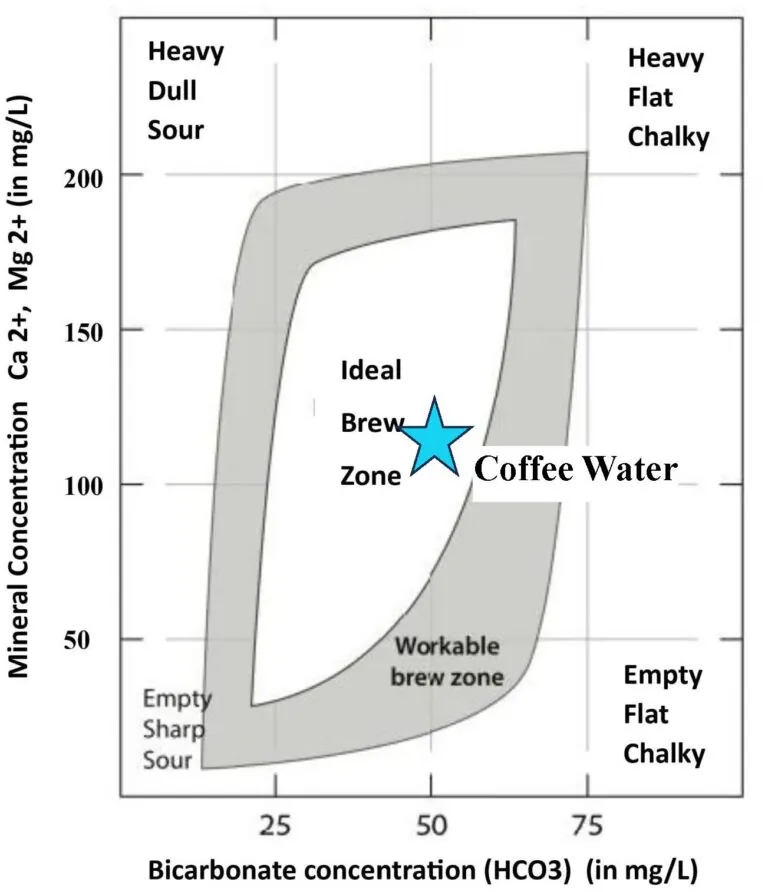
KofeSolutions: A Master Water Specialist Certified Company


As a WQA Master Water Specialist company, KofeSolutions USA is equipped to tackle any challenge in the water filtration industry and apply the best practices for coffee. We are here to assist you, always welcoming your questions and aiming to enhance your water and coffee experiences. For more information about the Water Quality Association, WQA product certification, or WQA-certified professionals, please see our certifications. Our Certifications

